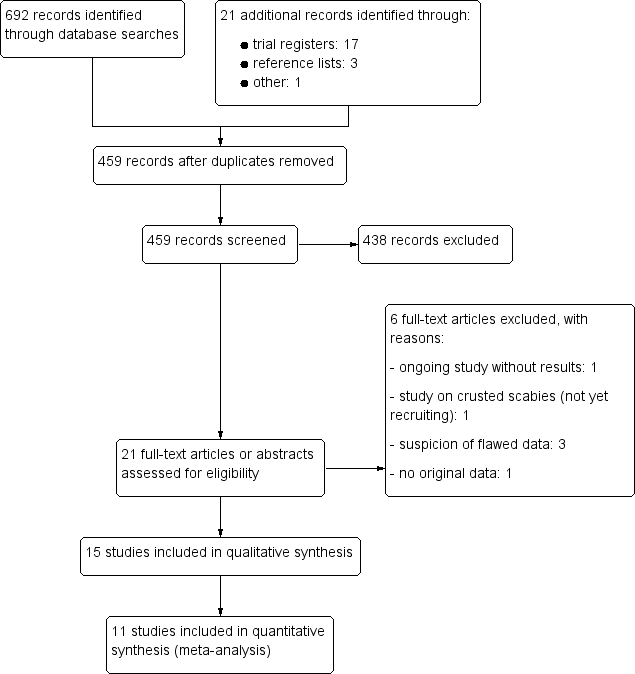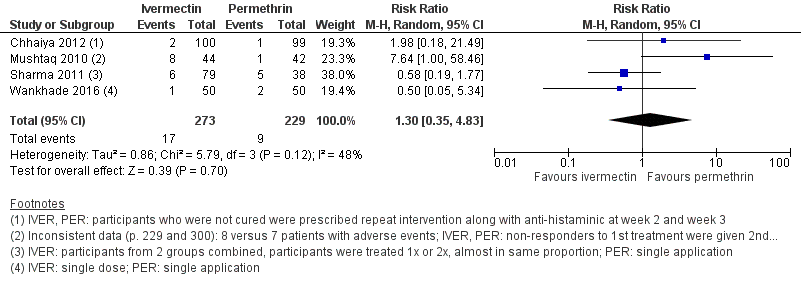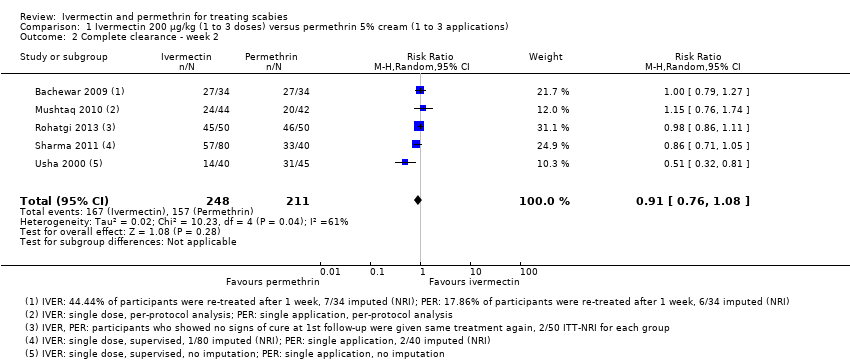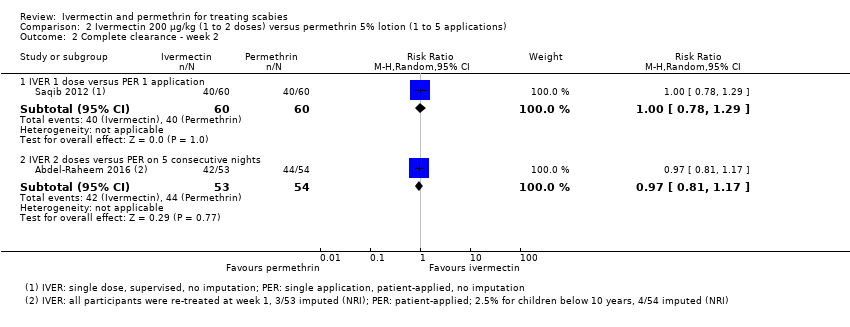Contenido relacionado
Revisiones y protocolos relacionados
Dziedzom K de Souzaa, Rebecca Thomasa, John Bradley, Clemence Leyrat, Daniel A Boakye, Joseph Okebe | 29 junio 2021
Carlos E Granados, Ludovic Reveiz, Luis G Uribe, Claudia P Criollo | 12 diciembre 2012
Henry C Mwandumba, Stephen B Squire | 23 octubre 2001
Lucieni O Conterno, Marilia D Turchi, Ione Corrêa, Ricardo Augusto Monteiro de Barros Almeida | 14 abril 2020
Miny Samuel, TY Ti | 21 octubre 2002
Ciara S Dodd, Johannes C van der Wouden, Tim Klootwijk | 23 abril 2001
David Sinclair, Sarah Donegan, Rachel Isba, David G Lalloo | 13 junio 2012
Jamlick Karumbi, Paul Garner | 29 mayo 2015
Anuradha Bose, Soumik Kalita, Winsley Rose, Prathap Tharyan | 28 enero 2014
Sophie Jullien, Siddharth Jain, Hannah Ryan, Vineet Ahuja | 1 noviembre 2016
Respuestas clínicas Cochrane
Chaturaka Rodrigo | 10 octubre 2018


























